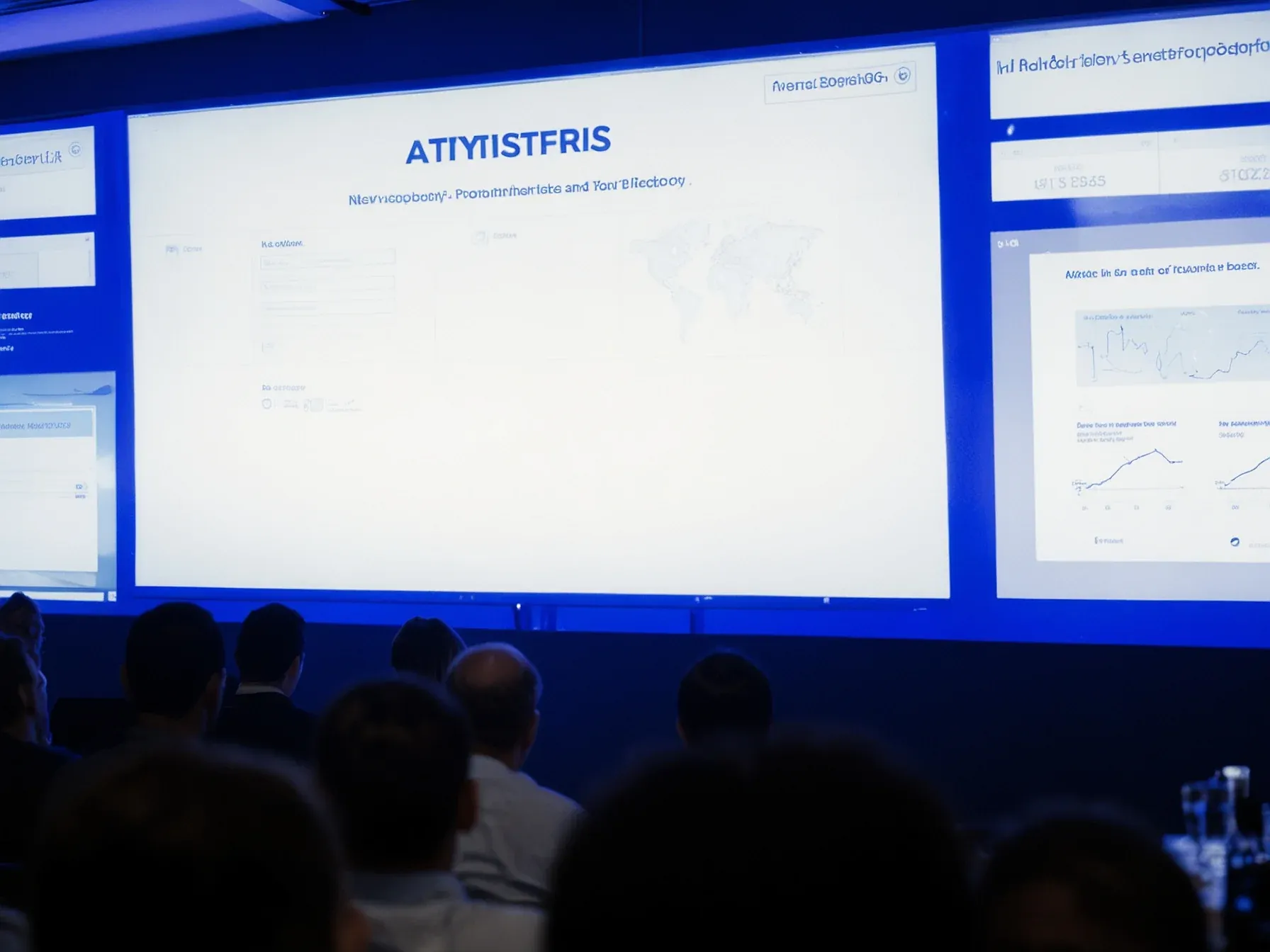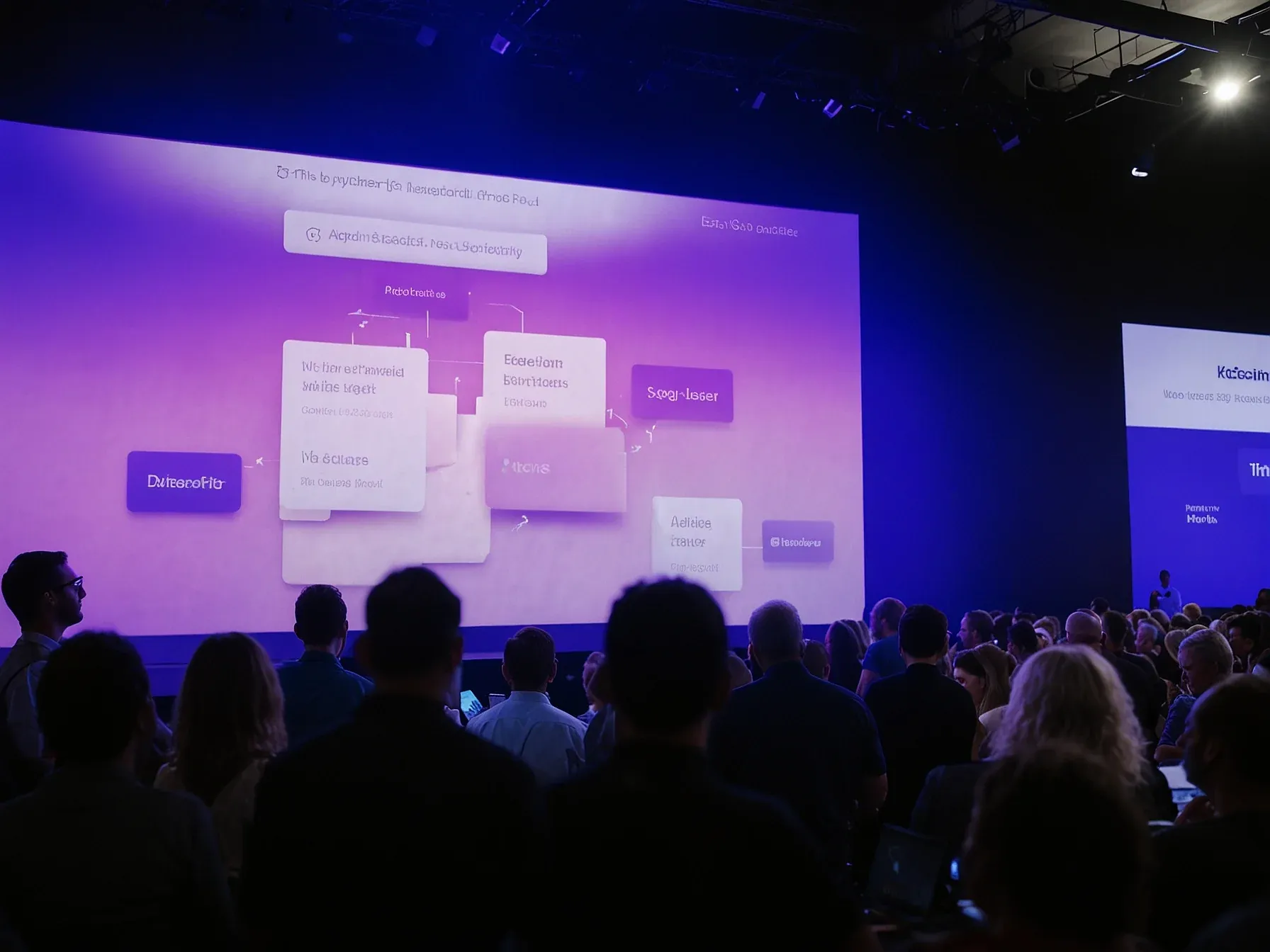
Zapier automations cut errors, save time, and speed insights for data scientists
Data scientists spend a lot of their day stitching together raw feeds, cleaning spreadsheets, and nudging dashboards into sync. While the tools they use are powerful, the glue that holds everything together is often a patchwork of clicks and copy‑pastes. That friction shows up in the code base, in the schedule, and ultimately in the reports that stakeholders await.
When a single column is mis‑named or a file lands in the wrong folder, the ripple can stall an entire analysis. It’s not just a nuisance; it eats into the limited time teams have to explore models and generate value. Automation promises a different rhythm—one where repetitive chores run on their own and the analyst can focus on insight rather than upkeep.
Zapier positions itself as that silent operator, linking analytics platforms, spreadsheets, and visualization tools without demanding custom scripts. The result, according to the article, is fewer broken pipelines, less hunting for misplaced data, and quicker delivery of findings.
*Manual processes lead to:* - Recurring errors that ruin pipelines - Lost time hunting for data or fixing formatting issues - Delays in delivering insights and results *That's where Zapier automations take center stage. From aggregating analytics to keeping spreadsheets synced with dashboards, Zapier's*
Manual processes lead to: - Recurring errors that ruin pipelines - Lost time hunting for data or fixing formatting issues - Delays in delivering insights and results That's where Zapier automations take center stage. From aggregating analytics to keeping spreadsheets synced with dashboards, Zapier's 7,000+ integrations mean you can automate almost any workflow without learning new code or using up your brainpower on repetitive tasks. Most Zaps follow the same structure: - Choose your trigger app (for instance, Google Sheets, Gmail, or Notion) - Select the action you want (e.g.
Data Collection and Cleaning Automating data collection means no more manual downloads or imports. Set up a Zap to move survey results or experiment logs into your analysis platform. Add a Formatter step to clean column names or restructure dates on arrival.
Automated Reporting Data professionals create Zaps that send out weekly or monthly status reports. When new data is added to a spreadsheet, Zapier triggers report generation and sends summaries to stakeholders via email.
Will every data team adopt Zapier tomorrow? The piece argues that routine copy‑paste work still drains hours from many scientists. Zapier promises to stitch tools together, cutting recurring errors, shrinking time spent hunting data, and nudging insights to delivery faster.
Yet the article offers no data on adoption rates or measurable ROI, leaving open whether the claimed speed gains translate across varied workflows. Because the description focuses on generic tasks—aggregating analytics, syncing spreadsheets with dashboards—it remains unclear how complex pipelines or proprietary platforms would fare under the same automation. Because it's a low‑code solution, teams might assume integration is trivial.
Still, the argument that manual steps invite formatting glitches and pipeline breaks is sound, and the suggested alternative appears to address those pain points directly. If organizations can configure the triggers correctly, the risk of “zero complaints” may be more aspirational than guaranteed. Ultimately, Zapier automations could reduce friction in data preparation, but further evidence is needed to confirm the extent of error reduction and time savings in real‑world settings.
Further Reading
- An Introduction to Zapier Automations for Data Scientists - KDnuggets
- Guide to data analytics automation | Zapier - Zapier Blog
- Zapier Agents: Complete Guide to AI-Powered Automation [2025] - NoCodeFinder
- Top AI Automation Tools for 2025: Zapier, UiPath, and Beyond - Amplework
- Top 11 Data Automation Tools in 2025 | Estuary - Estuary
Common Questions Answered
How do Zapier automations help data scientists reduce recurring errors in their pipelines?
According to the article, Zapier automations replace manual copy‑paste steps with predefined “Zaps,” which automatically move and reformat data. By eliminating hand‑typed column names and file‑placement mistakes, they prevent the recurring errors that typically ruin pipelines.
What impact does Zapier claim to have on the time data scientists spend hunting for data or fixing formatting issues?
The piece states that Zapier’s 7,000+ integrations allow scientists to automate data aggregation and spreadsheet‑dashboard syncing, cutting the hours spent searching for files or correcting formats. This automation frees up time that would otherwise be lost to manual data‑cleaning tasks.
Which specific workflow components does the article mention Zapier can automate for data teams?
The article highlights that Zapier can automate aggregating analytics, keeping spreadsheets in sync with dashboards, and other repetitive tasks without writing new code. Most Zaps follow a simple structure of choosing a trigger and an action, enabling a wide range of data‑related workflows.
Does the article provide concrete data on Zapier’s adoption rates or measurable ROI for data science teams?
No, the article explicitly notes that it offers no data on adoption rates or measurable ROI, leaving it unclear whether the promised speed gains and error reductions translate across varied workflows. It points out this gap as a limitation of the current discussion.




